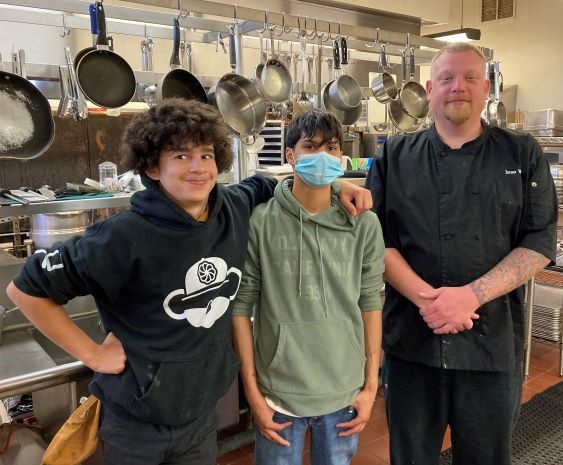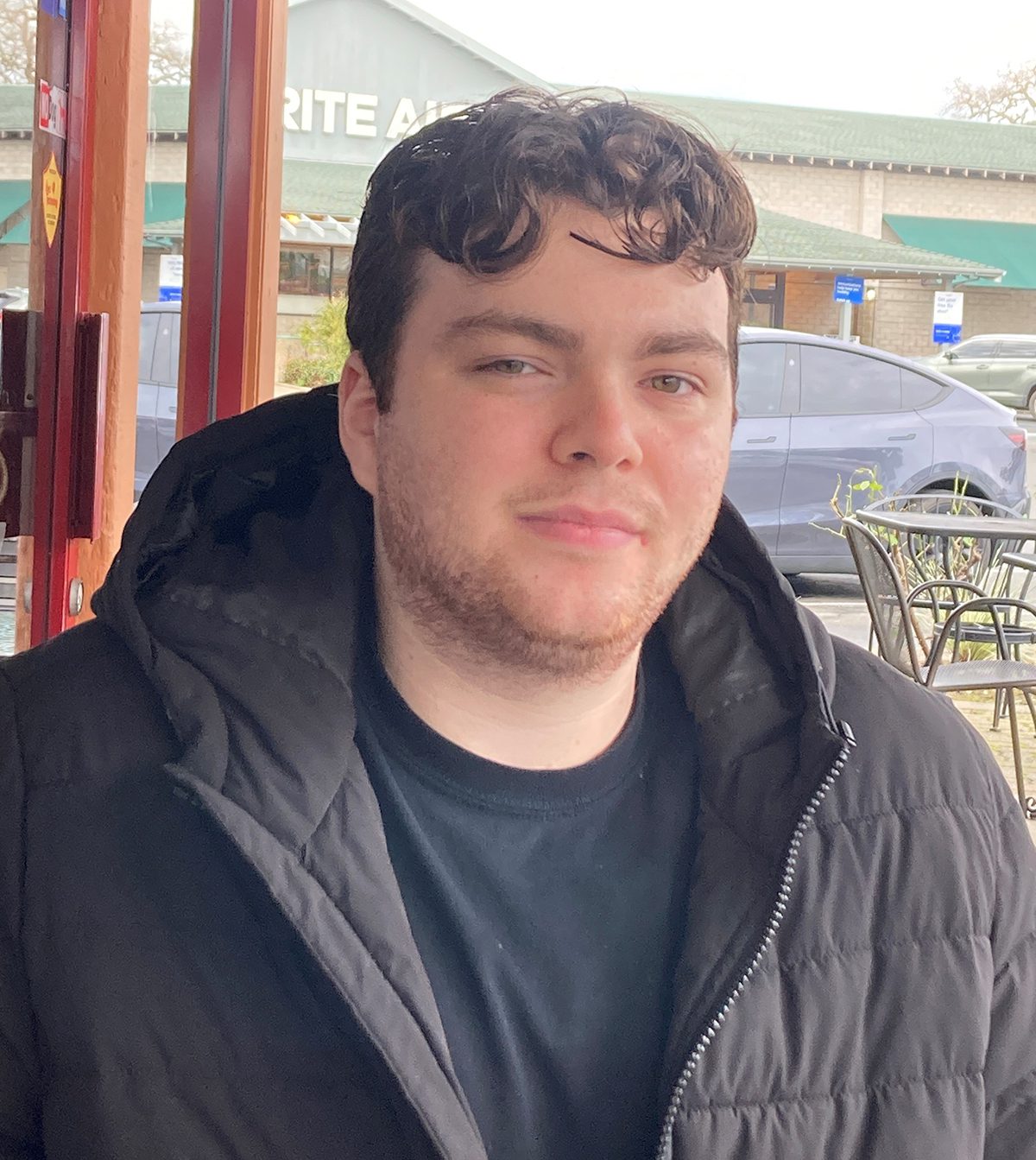Substance use among youth is one of the most frightening and confusing challenges that a care provider, family member, or loved one can encounter. While it may be typical for teens to experiment with drug and alcohol use to some extent, it can be hard to know how or when to intervene, and the consequences for young people and those who care about them can be heartbreaking.
Before learning about how to suspect if a child or adolescent in your life is using substances it’s important for parents, caregivers, educators – anyone who interacts with youth to recognize the reasons that they might be using. There are many factors that contribute to substance use among youth, including peer pressure, curiosity, and risk taking to feel more independent. However, the primary reason for drug abuse in teens is the need to self-medicate emotional pain. Substance use becomes a way to escape. Often it is the family system that is keeping members of the system feeling stuck, unhappy, and terrified.
What we can all do instead to create a system that supports recovery and healing?
 There are several things that parents, and other adults can do to help prevent substance abuse among youth. Some of these things include talking to youth about the dangers of substance abuse, providing supervision and support, and getting help if a young person appears to be struggling with substance abuse.
There are several things that parents, and other adults can do to help prevent substance abuse among youth. Some of these things include talking to youth about the dangers of substance abuse, providing supervision and support, and getting help if a young person appears to be struggling with substance abuse.
If you suspect your child is using substances, it’s important to address the issue as soon as possible. You can start by talking to your child about your concerns and why you think they may be using drugs.
Resources for Finding Help
There are several resources available for those looking for help with substance use among youth. Here are a few of the most reputable:
- The National Institute on Drug Abuse (NIDA) provides a wealth of information on the dangers of drug use, as well as treatment options.
- The Substance Abuse and Mental Health Services Administration (SAMHSA) also offers a variety of resources, including a national helpline that can connect individuals with treatment programs in their area.
- The American Academy of Pediatrics has several policy statements and clinical reports on the prevention and treatment of substance use disorders in children and adolescents.
- Local Alcoholics Anonymous (AA) and Narcotics Anonymous (NA) meetings can provide support and guidance for those struggling with addiction.
It’s time to get involved in finding solutions – together, let’s do what it takes to ensure our youth lead healthy lives free from addiction.
Dr. Jennifer B. Dragonette is an experienced practitioner, supervisor, and instructor of Dialectical Behavior Therapy, Acceptance and Commitment Therapy, Cognitive Behavioral Therapy, and trauma-informed care approaches to treatment. She has 20 years of experience working with people with mental health and substance use challenges.


![SocialAdsFeb[Christine]](https://hannacenter.org/wp-content/uploads/2023/03/SocialAdsFebChristine_20-300x300.jpg)

